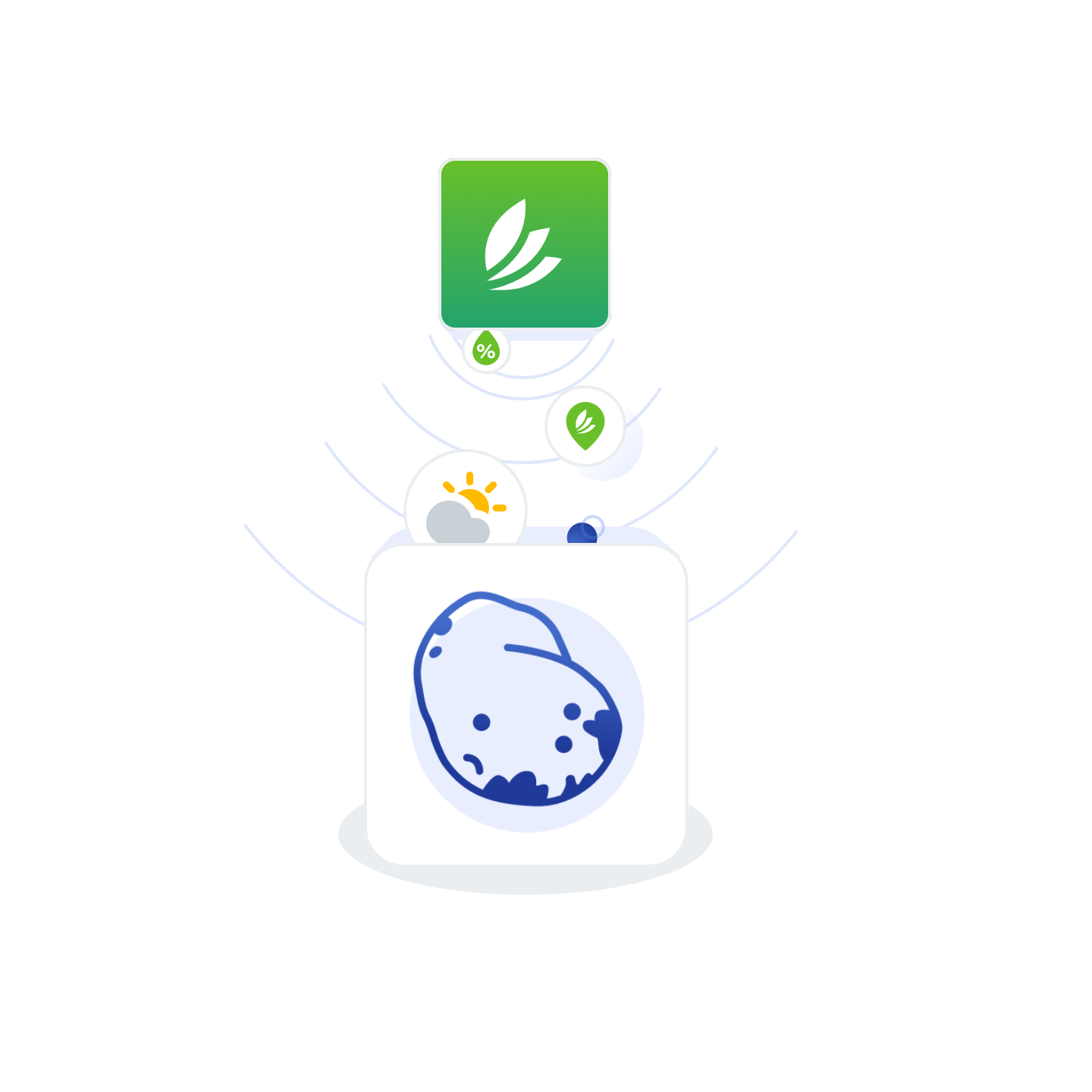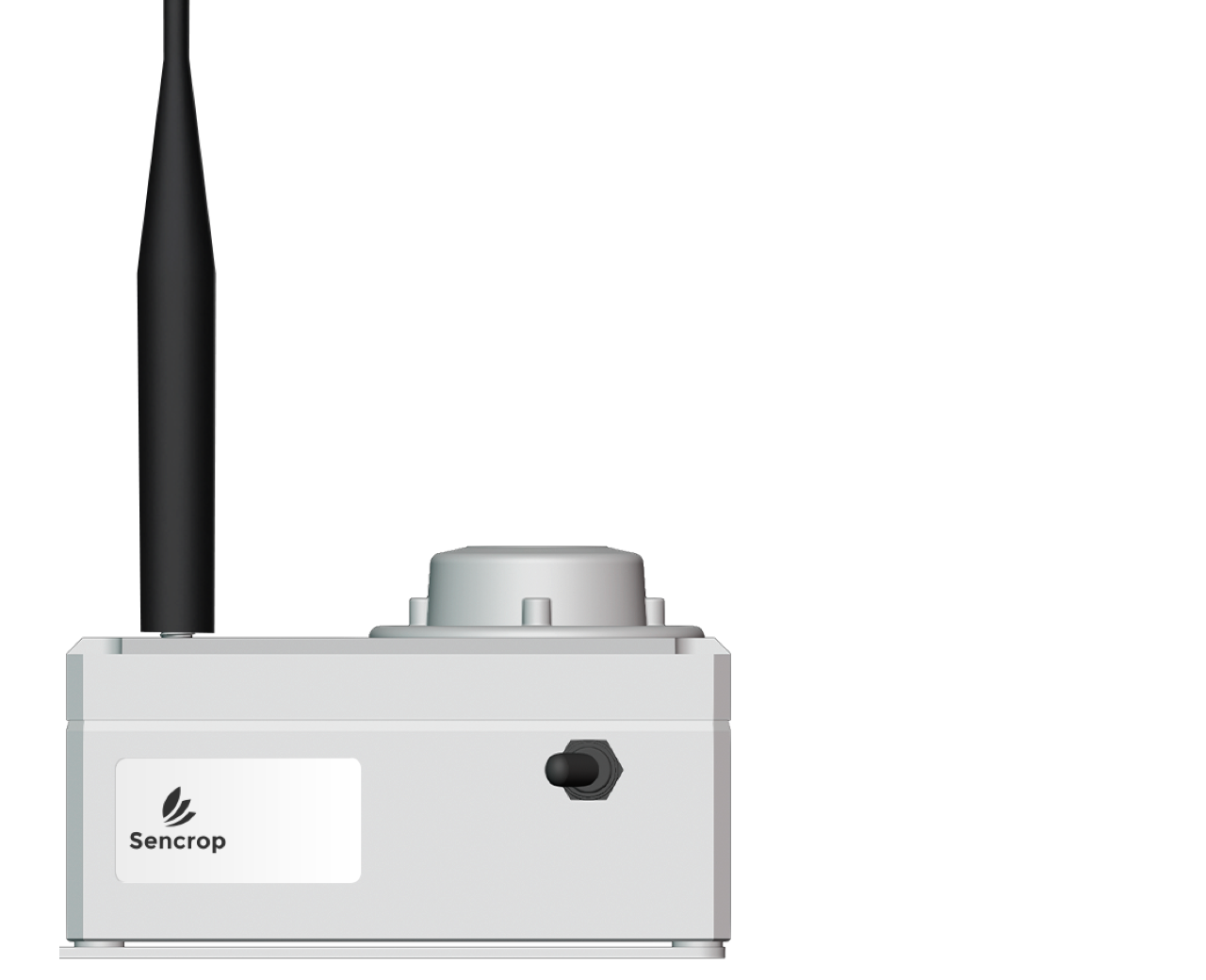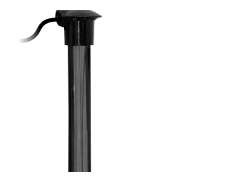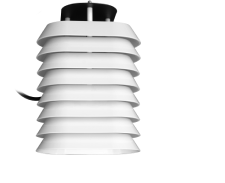
Hutton criteria - late blight indicator for potato
The Hutton criterion is a late blight indicator for the potato crop. It is used to monitor weather conditions that are favourable for the development of late blight. Follow the conditions on your potato plants precisely and apply your treatments at the right time to best protect your crop.
Crop : Potato
Required measurements: Rainfall and dry temperature
Model availability: Plan Plus
THE BENEFITS OF THE HUTTON CRITERIA
Late blight risk indicator
Late blight in potatoes is a serious "outbreak" disease, which can lead to considerable yield losses and tuber destruction in storage. Crop rotation, spaced planting and morning irrigation can help you manage late blight pressure. But once the first plants are affected, if the weather conditions are favourable and the disease is not treated in time, late blight will spread rapidly, regardless of the stage of development.
The Hutton criterion takes into account rainfall and dry temperature, calculated from ultra-local weather data from Sencrop stations. These conditions are: two consecutive days with, each day, a minimum temperature of 10°C and, at least 6 hours with a relative humidity of ≥90%. It can be interesting to use it in conjunction with DSTs (Decision Support Tools).
Thanks to this indicator of mildew pressure specific to your plot, show reactivity in your treatments, whether they are preventive or curative.

How does the model work in the application?
Sencrop integrates this criterion in its application and allows you to visualize in real time and up to 4 days the mildew pressure on your plots. You will find 2 indicators according to the calculated risk:

Probable
The expected risk is high It is advisable to start your treatments to protect your crops.

Unlikely
The expected risk is unlikely You can save inputs for future interventions.












